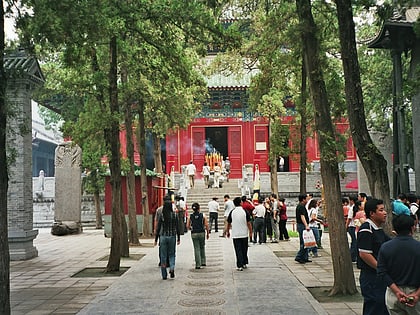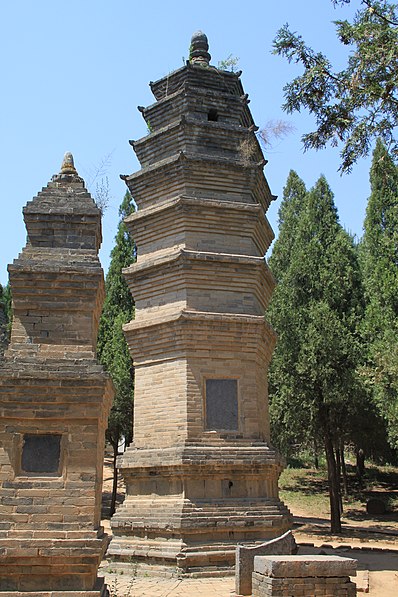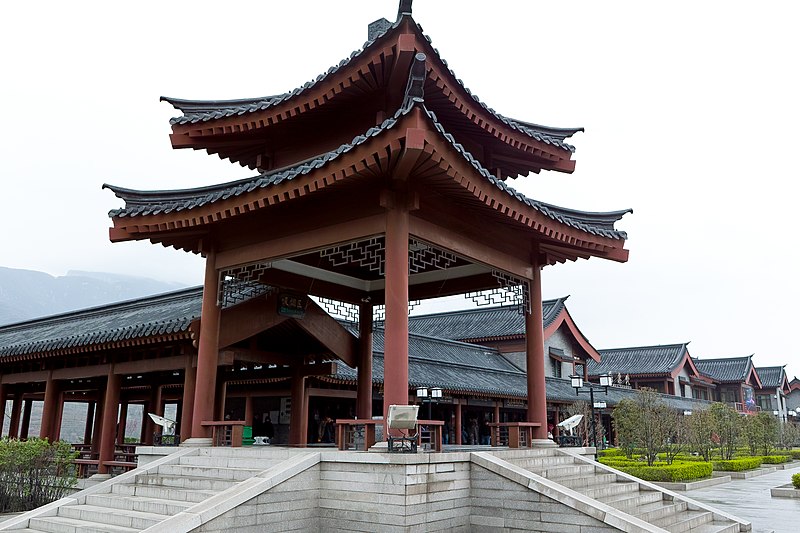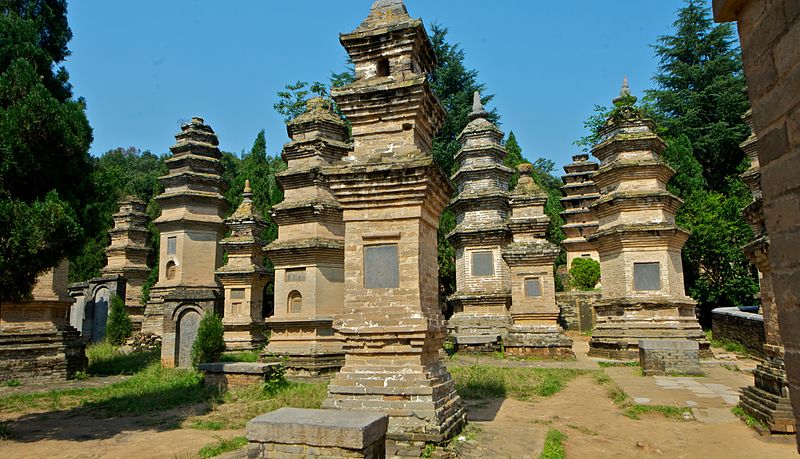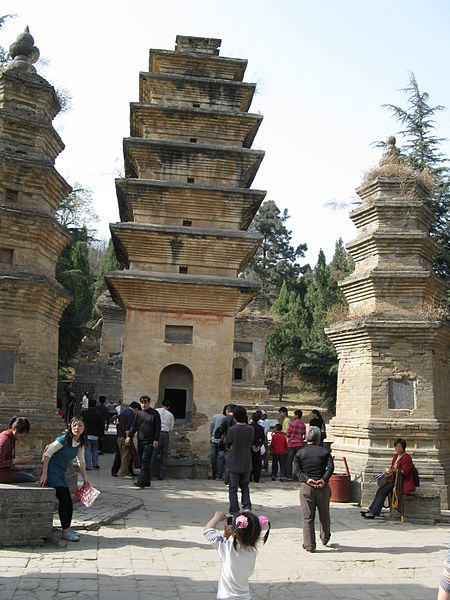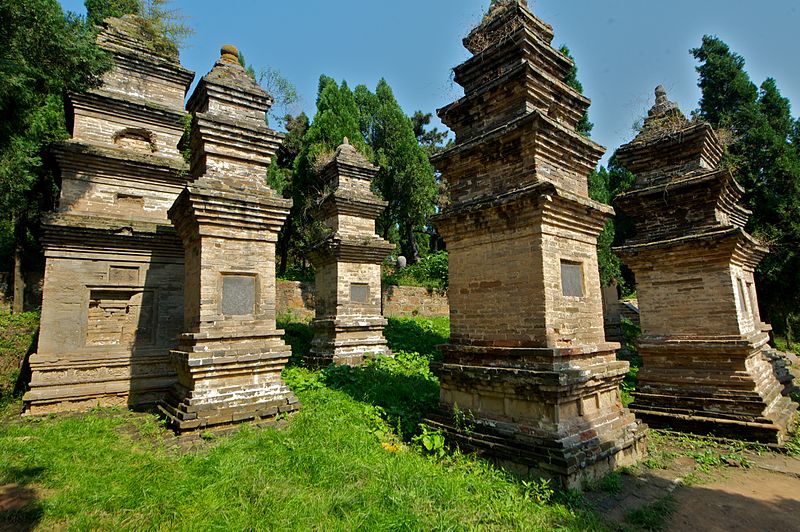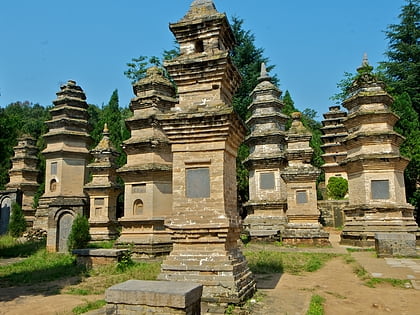Shaolin Monastery, Dengfeng
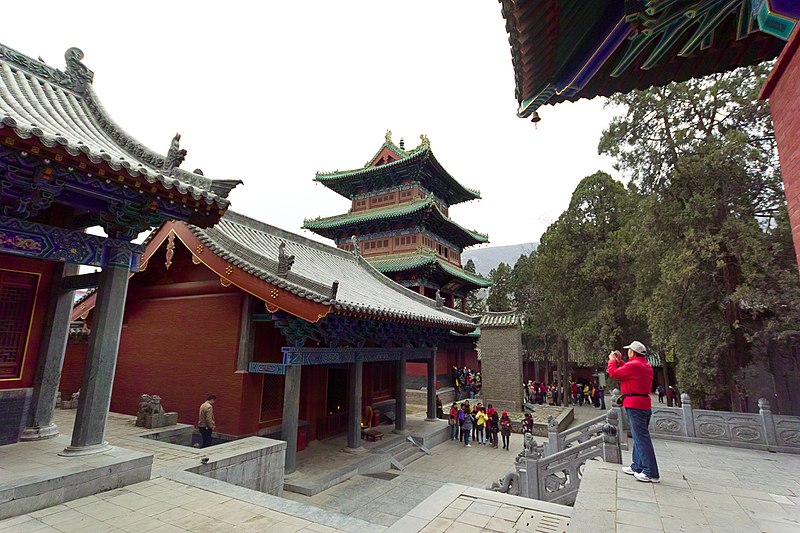
Facts and practical information
The Shaolin Monastery, a serene yet spirited temple located in the city of Dengfeng, China, is not just an ancient religious site but also the birthplace of Chinese Zen Buddhism and the cradle of Shaolin Kung Fu. Nestled against the backdrop of Mount Song, this temple complex is an emblem of Chinese martial arts and spiritual depth, attracting tourists and disciples from around the world.
Established in the 5th century, the Shaolin Monastery has withstood the test of time, surviving natural disasters and periods of war. Its significance transcends religious boundaries, as it is revered for its historical importance and cultural heritage. The temple's architecture is a striking representation of traditional Chinese design, and the complex includes halls, pavilions, and pagodas, each telling a story of the monastery's storied past.
Visitors to the Shaolin Monastery can witness the awe-inspiring physical prowess of the Shaolin monks during Kung Fu demonstrations. These performances showcase the monks' dedication to martial arts, which is not only a form of self-defense but also a path to spiritual enlightenment. The Shaolin Kung Fu training is renowned for its rigorous discipline, and the monastery offers classes for those interested in learning the basics of this ancient practice.
Beyond martial arts, the monastery is home to significant cultural treasures, including ancient murals, manuscripts, and stelae with inscriptions that record the history of Shaolin over the centuries. The Pagoda Forest, a UNESCO World Heritage site within the monastery grounds, is a collection of more than 240 stone and brick pagodas that serve as memorials to past monks, with the oldest dating back to the Tang Dynasty.
For the spiritually inclined, the Shaolin Monastery also offers a tranquil setting for meditation and reflection. The temple's atmosphere is imbued with a sense of peace and introspection, allowing visitors to connect with the essence of Zen Buddhism.
When planning a visit to the Shaolin Monastery, it's recommended to allocate a full day to fully appreciate the site's historical, cultural, and spiritual dimensions. Comfortable attire and footwear are advised due to the amount of walking involved. Additionally, visitors should respect the sanctity of the monastery by observing silence when appropriate and following the rules set by the temple.
Shaolin Monastery – popular in the area (distance from the attraction)
Nearby attractions include: Pagoda Forest at Shaolin Temple, Songshan National Park.
